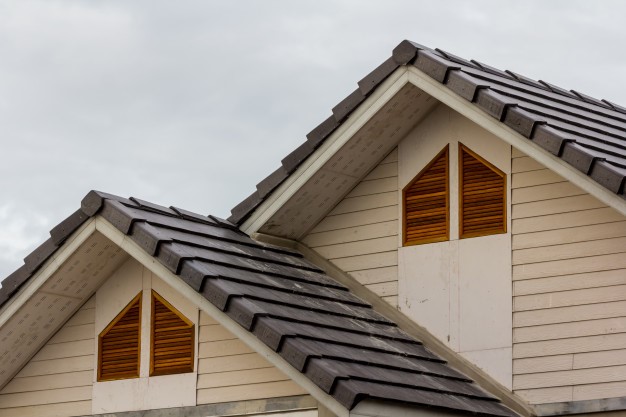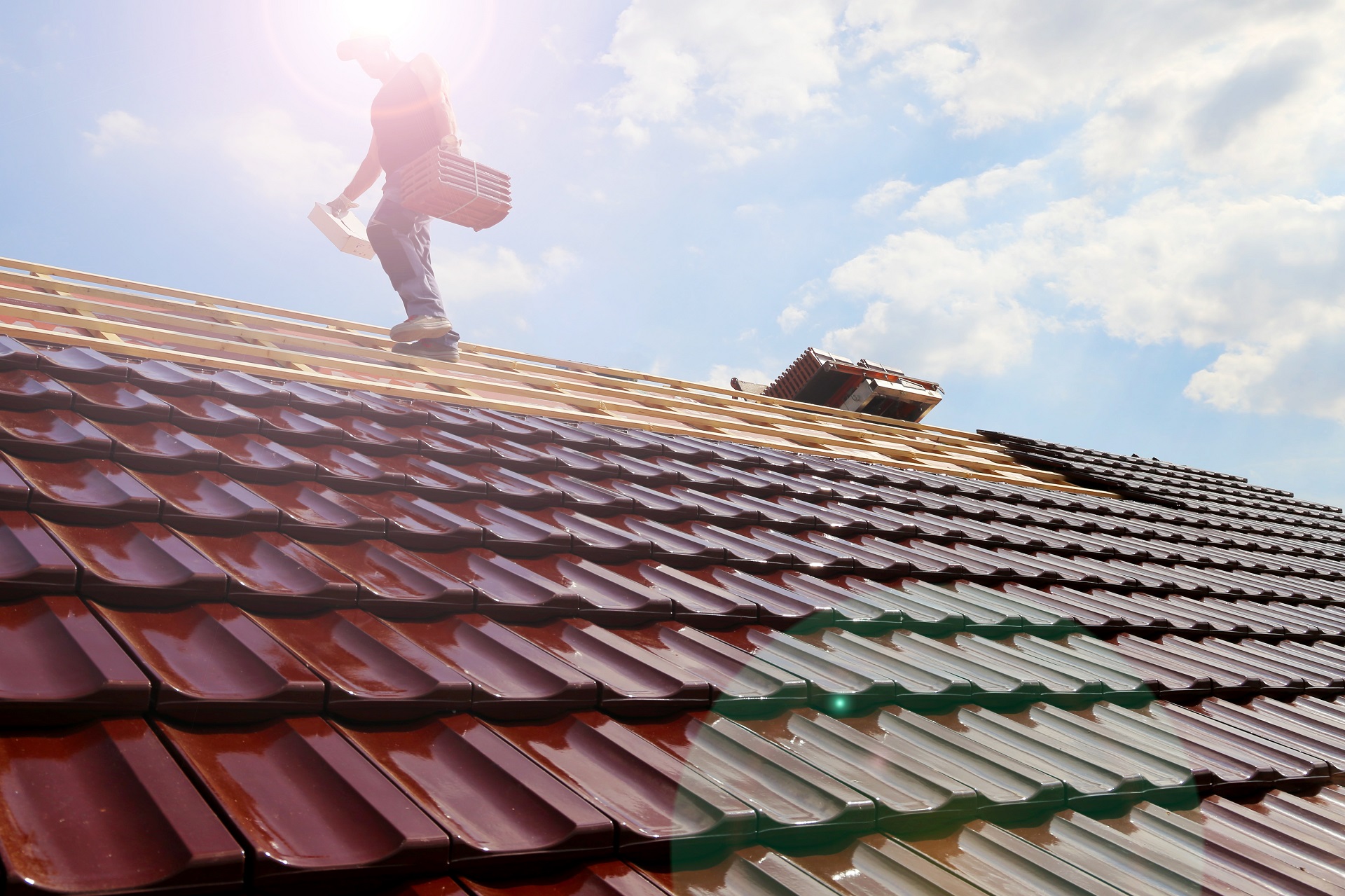But what some may not know is there s another layer of protection directly on top of the roof deck and under the roof covering that performs a critical role in protecting your home from moisture damage.
Wrinkled felt paper under metal roof.
The best underlayment for metal roofs.
The traditional and most common material used for roof underlayment on a steep slope metal roof is non perforated asphalt impregnated felt underlayment.
Underlayment must also act as a secondary weather barrier in case the roof fails.
With metal roofing its also a good idea to put a layer of red rosin paper between the felt or ice water shield and the metal that way it wont potentialy stick to it and cause oil canning and would allow for expansion.
Traditionally metal roofs have used standard 30 pound felt paper underlayment.
When most people think of roofs they typically think of shingles or metal roofing.
They can even telegraph through the shingles you lay over top making your roof look uneven.
A good thick organic felt paper like 30 can get some pretty hefty wrinkles if it gets rained on.
There are several types of felt underlayment including both organic reinforced and inorganic reinforced.
Most codes and good roofing practice would require felt.
Synthetic underlayment when installed right will lay nice and flat rain or shine until the new roof get s installed.
Synthetic underlayment is a roofing accessory created by weaving spinning together polypropylene or polyethylene and a polymer to form an all over protective barrier to put between the roofing material and the roof deck.
Synthetic underlayment is a newer innovation that is taking over the metal roofing industry as a better more advanced replacement for felt underlayment.
The first goal of roofing underlayment is to keep the roof deck dry before installation of the metal roofing material.
What types of underlayment are available for metal roofing and which is the best choice for your design or installation.




























